
The saga that elevated its protagonist to the Greek Olympus and then transferred him to the land of the Nordic gods continues its way up.
In March 2005, PlayStation 2 was in full maturity. It was little more than a year before the launch of its successor in Japan, but Sony Computer Entertainment had the odd ace up its sleeve. God of War, a SIE Santa Monica Studio production, was born like so many other new intellectual properties, by chance. Instead of stepping on insurance, they risked with their own idea, a bet that proved correct, since the game managed to succeed and became a saga that has lasted until today. 15 years is a long time, but Kratos has blown out the candles in very good shape.
His ruthless past was built on wars and more wars. He battled humans, while challenging the gods and raising his weapons against mystical creatures of all kinds. For dozens of winters, the Ghost of Sparta wreaked havoc and ascended to the skies of Olympus, where he sat on the throne of the gods as the divinity of war.
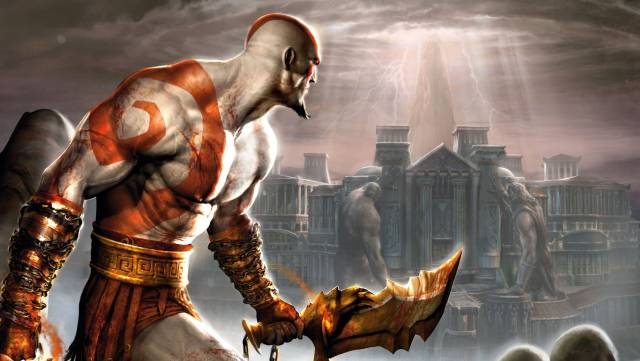
Since then, his past haunts him wherever he goes. Thus, a long time later, the god who had watered the Hellenic pantheons with blood, walked on the lands of Odin, where he was sentimentally united with a mortal woman, from whom he received a son, little Atreus. The boy, ignoring the true nature of his father (and his own), began an adventure with his father, which led him to deepen their relationship and strengthen ties that had remained invisible to the eye.
We will not start the story with the final chapters (until now), but with the blessing of Chronos, we will go back in time, to the beginning of everything.
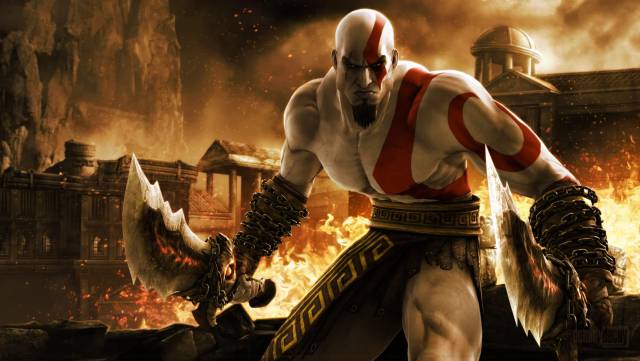
The beginnings, how was God of War created?
In the early 2000s (of our era, not of the Kratos), David Jaffe, creative brain of the franchise, wanted to produce his own video game. After publishing Twisted Metal Black, the Japanese informed him that his wish would come true. "They promised me after Black: 'We will let you do an internal title, but could you help these guys,'" he explained in an interview with the Official PlayStation Magazine, which lists GamesRadar. The designer spent several months working on Kinetica, a futuristic speed game released in 2001. Once released, Sony delivered on its promise and allowed the team to focus on their own project.
At first, the name of God of War was not among the chosen ones. When the title was still in its embryonic stage, the study referred to it as Dark Odyssey. Not even Kratos was Kratos. Dominus was the name being shuffled for this divine abilities antihero, but Sony's marketing team didn't like it too much and asked for a change. Stig Asmussen, director of God of War III and Star Wars Jedi: Fallen Order, looks back on an interview published on Game Informer. "We were trying to choose the name of Kratos. We were working alongside the marketing department on that and director David Jaffe opened the discussion to the team. ” Asmussen reveals that "for a long time," Dominus was the code name, "but marketing didn't like it," he confirms. “I don't know how many team members sent names, but I sent a handful of them, who then went to marketing. Four or maybe five names for Kratos returned. Kratos was one of them … and Stig. "
They were "too used to the Dominus name, anyway," Asmussen admits. We called the game Dark Odyssey back then and we loved it, but the marketing department thought it might be too intellectual and that people might not get it. ”
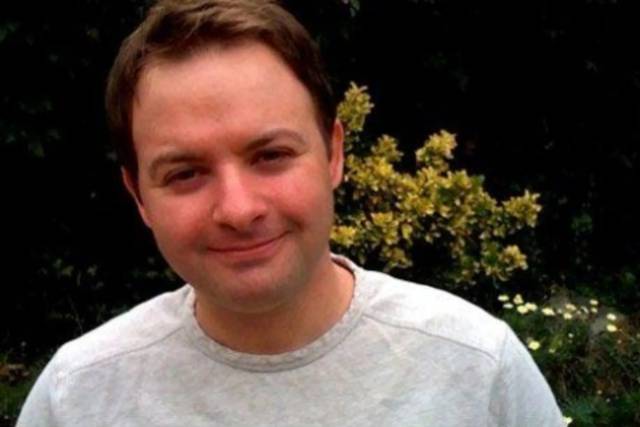 David Jaffe
David Jaffe
The starting point: influences and creation process
As in all artistic works, there are always influences that ignite creative value. David Jaffe spoke about this in an interview with OPM, which dates back to 2009. “At first, he had been playing Ominusha and said, 'Well, why don't we do a similar game, but instead of using Japanese mythology? Shall we do it with the Greek? '” Another of his influences was not a video game, but music: "Throughout the development I listened to Queen, particularly the Fash Gordon soundtrack." At the same time, he also made reference to action-adventure films, of which he declared himself a follower.
Interestingly, the God of War embryo was not a hack and slash genre title, but an FPS. That address didn't last long, at least that's what Jaffe says. "I was attracted to the idea of offering a more adventurous element in the FPS genre, but it soon became clear that we needed to change it." The director fixed his gaze on another of the action titles of the moment, Devil May Cry, which, like Onimusha, was developed by Capcom. "I think we can link the two aspects, the visceral nature of DMC with the puzzles and the exploration of ICO," an aspect that was also cited by Ken Feldman, first stage artist and later artistic director. “ICO and Devil May Cry had come out just then, and we were fans of those games and those types of adventures. We wanted to direct the studio in that direction, ”he reflects in another interview with OPM.
 Kratos' initial sketches.
Kratos' initial sketches.
The construction of the protagonist was not easy either. “It took us a year and a half to define Kratos, it was the most difficult thing. Everything had to orbit around the character, both the story and the weapons. The first guy we made was a bit of an elf guy, his animations looked like Disney. " Other variations included a blind monk with a baby, more traditional warriors flying swords, or a slave who had left his master behind and decided to flee his situation. The Swords of Chaos, whose chains are tied to Kratos' wrists and arms, were a holdover from that primeval character.
Although at first glance it might seem that Sony Santa Monica was not very clear about the direction it wanted to take, David Jeffe thought from the beginning that its protagonist had to fulfill a series of well-defined characteristics. He must have been a "very visceral and brutal" character. From there arose another of the curious influences that ended up carving the character and appearance of Kratos. "We went back to Ed Norton and American History X over and over again," since they saw the character he played, Derek Vinyard, as a man who represented "the brutal nature" they sought. Later, Jaffe highlights, they were removing pieces of armor until in the end, Kratos discarded almost all the clothes except for the pieces of clothing except for his loincloth. The whitish skin, which is explained in the game by alluding to the ashes of his family, was thus established by Jeffe's taste for black and white illustrations. The color of his tattoo, blue at first, was changed for one reason: it did not reflect the character's violence.
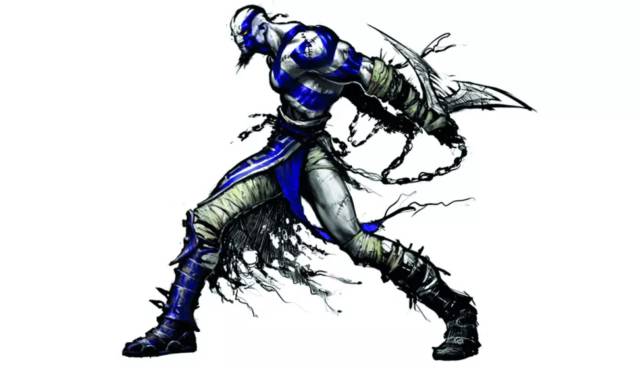 They did not believe that blue reflected the character's violent character.
They did not believe that blue reflected the character's violent character.
Combat system: a look at Japan
The director of God of War admitted in declarations to the British magazine EDGE that the Japanese are the masters in the creation of action videogames. “I really think Japan designs the best action games in the world. For this reason, we always mark their titles as our goal, we force ourselves to try to exceed the lines that companies such as Konami or Capcom have established ”. According to the developer, the combat systems of the North American titles do not fit very well. “I am not sure if it is a cultural issue or if it corresponds to the lack of time, but there are very few titles in which handling the weapon feels good. Normally (the combat system) is very clumsy and the animations are choppy. ” For Jaffe, the most complex thing was "finding animators and combat designers who understood the touch he wanted to give God of War." The team spent a long time tracking the market to form the animation department, but when they did, everything started to go smoothly.
Cory Barlog signed on as lead entertainer after the first candidate failed. This is how Jaffe remembers him in the same magazine: "We had a great animator who had worked on the Lord of the Rings movies." However, some time later, they realized that "it was not the right one." Despite being a "phenomenal" animator for cinema, the type of professional they were looking for should be someone who had participated in fighting video games, "who understood animations, but who also understood the dichotomy between that and combat."
 Cory Barlog. Photo: The Telegraph
Cory Barlog. Photo: The Telegraph
In another interview with EDGE, back in 2009, Jaffe did not hide the wear and tear of the God of War development process. As in many of the great video games, they are stages that last for years and that end up affecting the members of the study. Well-known is the image of Cory Barlog, director of God of War II, crying on camera when the development of God of War, the sequel of 2018, finally culminated. “I hope to never work on a five-year project again because it is exhausting, ”says Jaffe. "It was a huge task, I took 40 kilos more with this video game. I irrevocably damaged my marriage and it was a stressful experience in a hostile environment. Part of that is what led GOW to success, but it was a real challenge. ”
Cory Barlog directed the second installment, which went on sale in 2007, although he also offered his talent as a writer on PSP video games. These two portable titles were not designed by Sony Santa Monica, but by Ready at Dawn (The Order: 1886, Dexter). Still, Chain of Olympus and Ghost of Sparta continued the Kratos stories. The character still had things to say, despite the fact that in the next immediate installments Barlog was not involved in the development. God of War III was in the hands of Stig Asmussen, who now runs Respawn Entertainment's narrative video game studio. Tod Pappy, another of the saga's veterans, took the reins of the Swords of Chaos to direct God of War: Ascension, a game that marked the end of the franchise as we knew it.
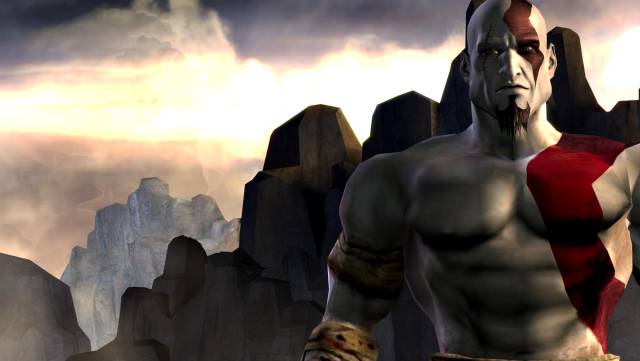
The path to the contemporary stage
The somewhat worn formula caused a long hiatus within the studio, not because other projects were not being worked on (Santa Monica is known to have designed a now-canceled sci-fi game), but because there was an interval of almost five years in those who the study remained silent. Cory Barlog's departure in 2012, which became part of Crystal Dynamics for the Tomb Raider reboot, was very brief. In 2013 he had already returned. His project? God of War, an ambitious rethinking of adventure, which drinks many of Sony's first party video games, very focused on narrative richness.
One of the most important innovations he introduced was the sequence shot. He tried it in his time at Crystal Dynamics, but everyone told him it was "crazy" and that they had no intention of doing it. Then he realized that that was probably not his place. "I was already talking to people about new positions at Sony when I realized that (God of War) was the video game that I could experience this with," said Barlog. "I think for me there was a lot more creative support and faith in Sony." The Japanese may have thought his ideas were crazy. The difference that they transmitted to him that regardless of the difficulties, they would support him in his proposals.
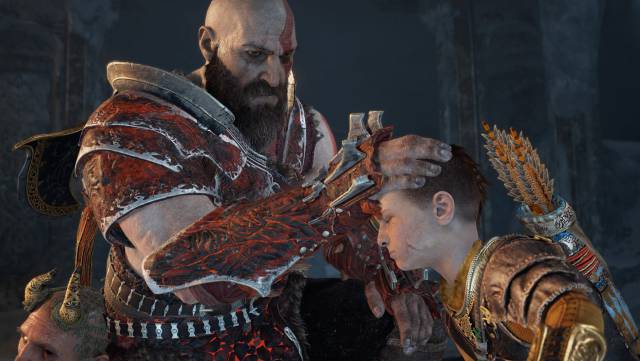
Five years later, the director's idea crystallized in a production that has convinced the public and critics. Somehow, God of War has been reborn without forgetting its foundations. This was stated by Cory Barlog himself in an encounter with The Telegraph: "I wanted to experiment with a slower combat, but I never wanted to lose the DNA that had characterized God of War". For Barlog, that is what scares the players, “because when they see it they assume that the game is slow and boring. However, we have amazing designers and many of them worked on the first title. Getting ahead and offering this different experience, but at the same time, maintaining that frenetic touch is very difficult to achieve. It took us years, years!
15 years of Kratos, 15 years of God of War. The saga continues in the comics, but given the success of the last video game, everything seems to indicate that the story will continue to unfold. That, however, is another story to be told later, when there is finally something to tell.

